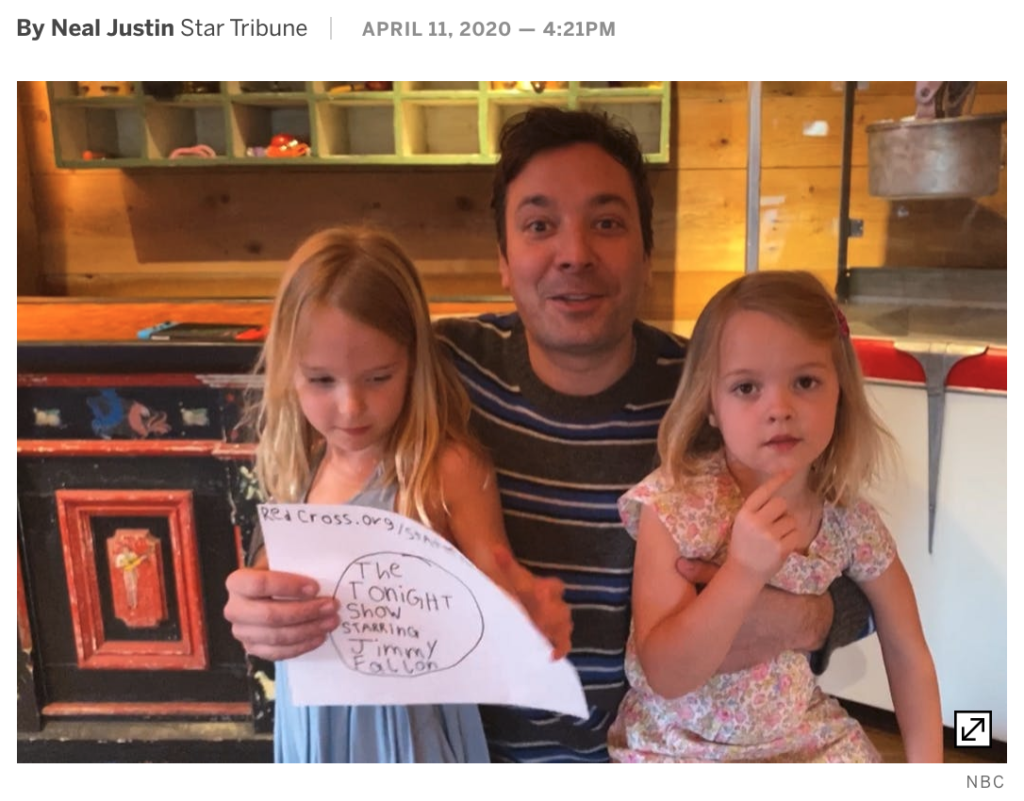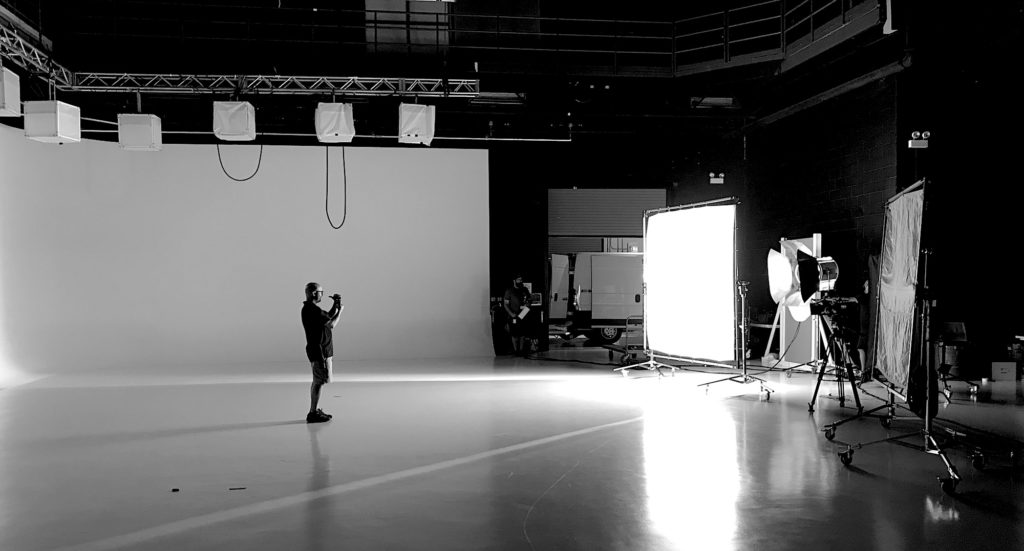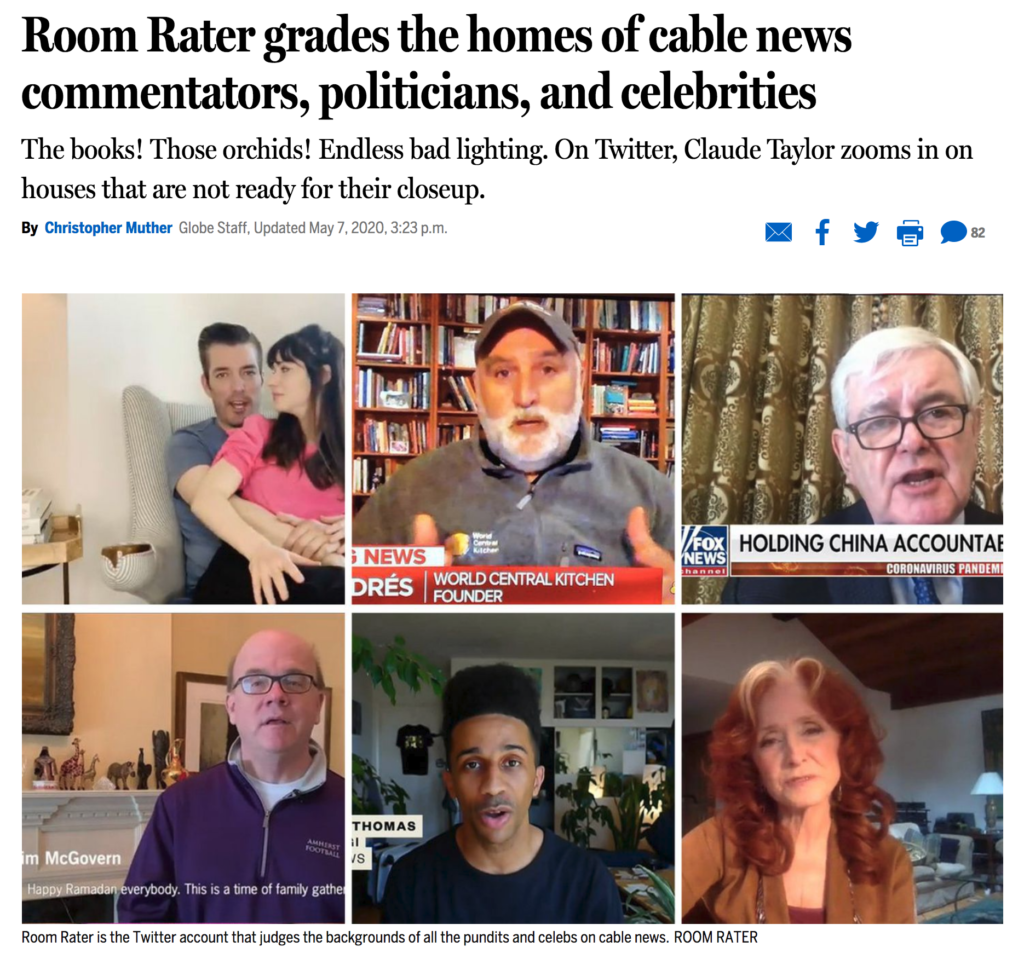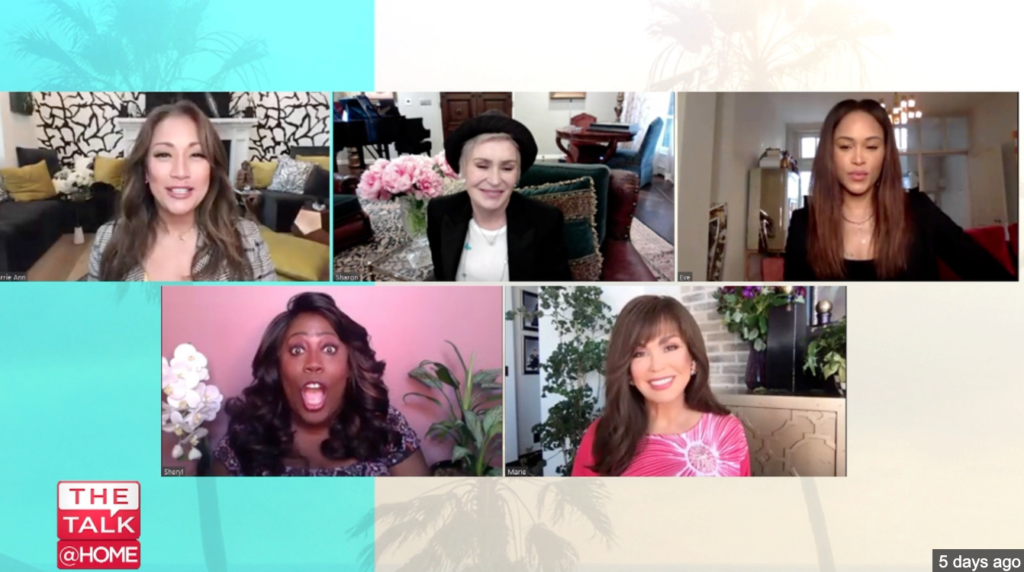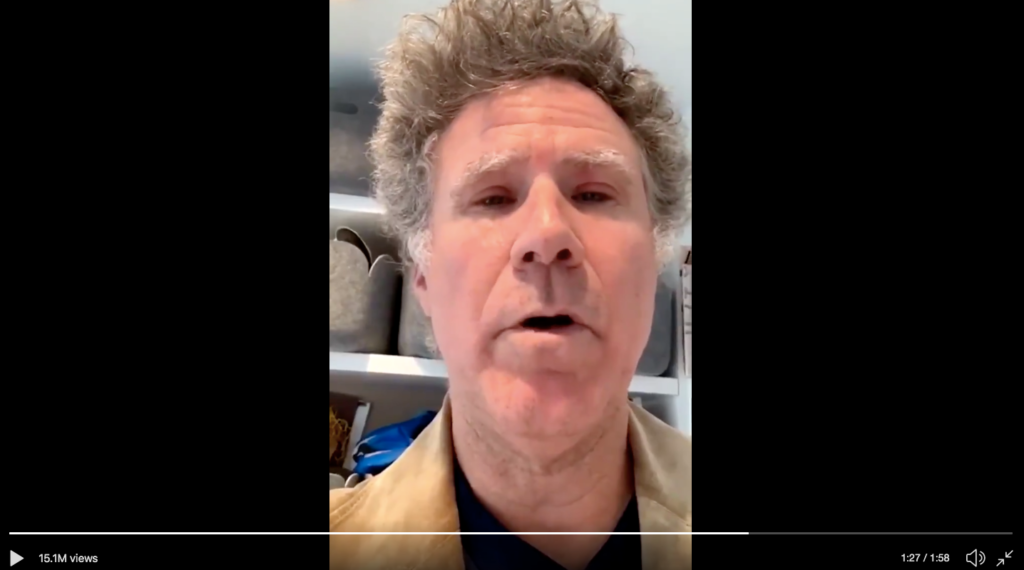June 2022 marked the end of our tenth year in business as Bottle Rocket Media. Ten years of action and cut, ten years bringing our clients’ messages to life, and ten years building relationships.
To thank those who have supported us as we continue to grow would be cliche and a gross understatement of the support it takes to grow a thriving business from the ground up. And still, a big thank you must be shouted from the rooftops – to clients who gave us the creative freedom to tell their stories, to team members who helped us push the boundaries of storytelling and creativity, and to friends and business colleagues who provided sound advice and never-ending encouragement when needed. Each of you has played a vital part in this grand experiment known as Bottle Rocket Media.
As far as experiments go, this one was more challenging and unpredictable than I thought it would be when we started. We knew what we wanted to achieve but didn’t exactly know how to go about it. So in June of 2011, I officially launched Bottle Rocket Media with Final Cut Pro 7 on my three-year-old laptop, a scratched-up Canon 5D Mark I, a healthy dose of enthusiasm, and an even healthier amount of naiveté.
JFK Airport, 2012. Editing on my way home from the shoot.
Anyone paying attention knows that the road to a successful endeavor, business or otherwise, is not straight. Maintaining the course requires some kind of north star; for us, it has been our core values. Long before we had a mission statement or these core values written on the back of a hotel bar napkin, we let these values guide us through our early successes and failures.
maintain integrity in everything we do
I arrived in Chicago to edit The Oprah Show in 2002, understanding that the show had two years left on the air. Nine years later, we were still burning the candle at both ends. While editing at a daily television show pretty much embodies the definition of insanity – working as fast as you can, every day, all day, long hours, unnecessary revisions, and unnecessary input. (don’t get me started) – The experience of the non-stop, daily grind taught me the importance of maintaining integrity in everything I do.
Many days (honestly, most days) at a daily television show, things are moving so fast that your creative partner, AKA the Producer, cannot pay attention to the work details. In that circumstance, I always felt that as an editor, it was my job to alleviate some of the creative burdens for those who were busy or just unable to keep up creatively. After all, working to create a video is only a fraction of what a television producer does every day. And so with my daily responsibility came an understanding that if I don’t keep the work honest, who will?
At BRM, we continue to grow with this notion in mind, always keeping the work honest and real. It keeps us in check, allowing us to approach each project uniquely, always proud to put our name on the finished product.
Bring your kid to work day, 2006. The Oprah Show
channel the desire to grow and build and innovate
When Oprah finally did pack up her stuff and set sail for the West, many of us did not want to pull up our Chicago roots, so we found ourselves at a crossroads. What next?
For Brett and myself, telling stories and making videos is what we do. And it’s all we wanted to do as we jumped into the next stage of our careers.
Bottle Rocket Media started with one client. And while the workload might seem laughable now, there was a lot to do in the early days. It didn’t take long to realize I was going to need help. I called upon friends in the business, and together we… MADE A VIDEO! It wasn’t the first video I had made, and it wasn’t the grandest of videos, but it felt different and was the beginning of something exciting.
One led to another, and another, and another. The momentum had begun.
In 2013, after a brief walkabout into the wild world of tech startups, Brett began to miss being creative and joined the team. This is when things really started to gel for BRM. Together, we built on our 40+ combined years of experience to create a place where we could be creative, experimental, and collaborative with our colleagues, clients, and friends.
Three-man wrecking crew, 2014. We got a lot done for three guys and a dream.
We challenged ourselves to grow every day, pushing through any of the complacency we developed from a decade-plus of daily television. We had failures and, of course, successes, and at the end of every day, week, month, and year we never stopped being grateful that we have had the opportunity to do what we love to do for a living.
This love has allowed us to channel the desire to grow, build, and innovate.
Throughout the years, we tested cameras, lights, computers, and an endless supply of software.
Our creative spirit was no different. Exploring our creativity has led us to 360 video production, interrotron-style documentaries, 3D graphics, and now Unreal Engine. Additionally, and most importantly, the willingness to experiment creatively has led to an abundance of varied storytelling.
360 Cubs experience, 2018
And, of course, this same enthusiasm is how we continue to grow our team. In 2014 we took our next giant leap and hired our first full-time team member, an editor, and everything changed for the better. Life became manageable, and the videos got the attention they deserved. Equally as important, we started having more fun. Brett always says that the best part of owning a business is that we get to choose the people we work with, and after ten years of building the best team in the business, I agree.
always be collaborative
Call it teamwork or collaboration; there is no substitute for rolling up our sleeves, looking one another in the eye, and working together. As a Director, there are countless obvious examples of this. I rely on my producers to get us to the shoot; I work with my cinematographers and audio recordists to help bring my storyboards to life. My production designers take good locations and make them great, and my stylist crew… where do I begin???? I would be lost without them.
But beyond the minutiae of filmmaking, there is an unbelievably healthy amount of collaborating within the walls of Bottle Rocket Media all day, every day. Client services, pre-production, script writing, editorial, motion design, and keeping the refrigerator stocked. We do our best to stay connected, support each endeavor, and push one another to do it better every time. It is nothing short of brilliant work by everyone involved.
Designers solving problems at our second office, 2016
At BRM, we are filmmakers, producers, directors, editors, motion designers, animators, writers, creatives, technologists, dreamers, visionaries, and pragmatists. Art + Story + Technology + Common Sense is what we do. There are twelve of us at the core, with another dozen talented freelancers supporting our efforts regularly. Every day I work with any of them is one of the best days of my life.
The creative team gets lost at a wrap party, 2021
An impromptu group shot, 2022
Of course, how we work has changed since the Covid-19 Pandemic, and I suspect it will continue to do so for the foreseeable future. At BRM, we are a hybrid environment which translates loosely into; please come to the office as much as necessary to connect and do the most creative work possible. In practical terms, this means we are in the office more and more every week. Hybrid is here to stay, but we cannot deny how much more we accomplish when together.
Commit to excellence and take pride in our work
I mean, why not? We spend our days telling other people’s stories. As such, we must always do our best to learn their point of view, communicate how we think the story should be told, and embrace their audience. It’s not a small task, and we don’t see this endeavor as successful unless we do our best and take pride in what we do.
Interrotron shoot with some very smart kids, 2016
Exhibit kindness
There are many ways we could and should be kind to one another. I’m not going to get all preachy and discuss why being kind is one of our core values and why you should be kind to one another and yourself. I want to shine a light on the idea of listening as one of the easiest ways to be kind.
We are all so busy all the time. Even when we aren’t physically busy, we are inundated with multiple social media feeds, social lives, professional lives, family, and hobbies. It can be hard to remember to slow down and listen to your people.
In our line of work, there is no skill more important than listening. When we listen to our clients, we are allowing ourselves to gain an understanding of their message and their goals. This is what will drive our engagement together. This is what will inform our creative decisions. This is the foundation of the collaboration! When we listen to one another, we make better videos. We gain perspective, understanding, and humility when we listen to the world around us.
I wasn’t a listener ten years ago. I was a determined Gen Xer looking for a community in a city that was not yet my home. I had a goal but did not yet know the path. Bottle Rocket Media has allowed me to get to know the Chicago community in a way I couldn’t predict. And most of it comes from taking a step back, checking myself, and listening to what people say.
Sharing knowledge in Los Angeles, 2019
Fundamentally, all these values have allowed us to tell the right story at the right time.
We love to tell stories. We have studied it, practiced it, and continue to hone this craft at the behest of our clients and ourselves. I have found that a good story shares intimate details while remaining relatable to the audience. It can be communicated by the subtle way movement connects with audio effects and music in an animated video. More noticeable, it can be felt in how a documentary script is put together or how an actor is directed to smile. It’s these details that excite me about storytelling. It’s these details that cut through the clutter.
Working our way out of the pandemic, 2021
This love for story has carried us through the last ten years, and I am sure it will drive us into the future. For a decade now, we have been working hard to bring our client’s visions to life, educate and entertain our audiences, and develop an atmosphere that inspires creativity in everyone we connect with. I look forward to more of all of it in the next phase of Bottle Rocket Media.



